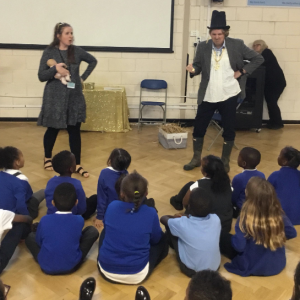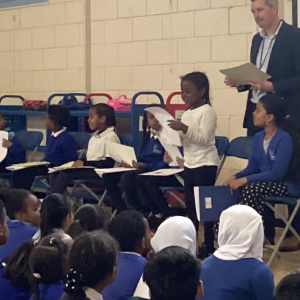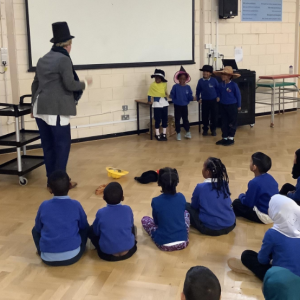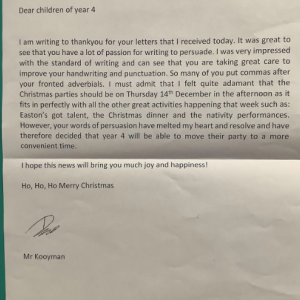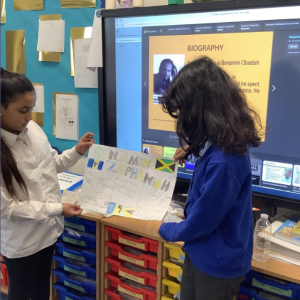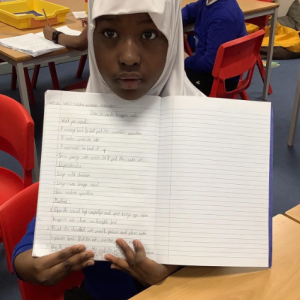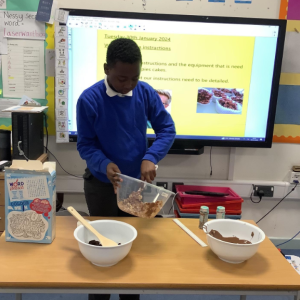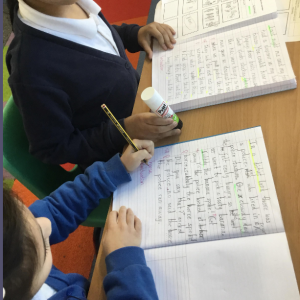Writing at Easton
Curriculum Intent
At Easton, our aim is that all children within our school love literacy, and are motivated to read and to express themselves through writing.
Our intention is that all children:
- are excited and motivated readers and writers
- are provided with a rich, wide-ranging and inspiring curriculum
- are exposed to a wide variety of high-quality literature
- are taught phonics, grammar and spelling that is contextualised within writing
- are explicitly taught vocabulary to enable them to express themselves confidently and effectively
- participate in high quality guided and shared writing, where the skills of being a confident writer are modelled and taught
- receive feedback in a range of ways in order to move them on in their development and motivation as readers and writers
As part of the Lighthouse Schools Partnership (LSP) we follow a clear writing progression which brings together key documentation to support the planning and teaching of writing in our schools. These include:
- Writing National Curriculum for each year group
- English Programme of Study expectations
- LSP KPIs for writing
- Writing Teacher Assessment Frameworks for KS1 and KS2
- Exemplification materials for year groups (STA exemplification for KS1 and 2 and LSP exemplification for other year groups)
- Unlocking Letters and Sounds (ULS) Phonics and Handwriting progressions
Implementation
At Easton our curriculum is rooted in the principle that children must be able to express themselves orally in order to do the same in writing. To ensure that our English curriculum is organised to give pupils enough time to develop component writing skills we will need to adjust the time and focus of our curriculum to match the stage of writing for our pupils. This structure of the curriculum allows for teachers to deliver instruction in key areas for each year group and shows that, as children master the skills of spelling and handwriting, we will then spend more time on composition. This reduces cognitive load for pupils and allows each skill to become embedded in their practice. In EYFS and KS1 pupils are exposed to a large number of texts and learn to retell stories orally. They are encouraged to use new vocabulary in both their conversations and in their writing. In Key stage 2 pupils writing lessons are taught daily and each include vocabulary, grammar and construction tasks.
We strongly believe that exposure to high quality text is inextricably linked with development as writers. As children progress through Easton Academy, they encounter a wide variety of text types which include picture books, fiction and non-fiction texts and poetry. We are committed to ensuring this range of reading and writing texts reflect the richly diverse community within which our school is set. Over time, this approach equips the children with the words and language they need to express themselves.
Impact
The impact of our approach to the teaching of writing is that children at Easton become successful writers. They are increasingly confident and motivated to express themselves in writing and are able to compose a range of different genres.
Enrichment
Stimulus events are used to engage and enthuse them pupils as writers. These events include: art, drama, trips, visitors, cooking and other activities.
In addition, there are opportunities across the school for cross-curricular writing, when children can use their new writing skills in topic-related contexts and become increasingly creative in their written responses.
SEND and Disadvantaged Pupils
Our writing curriculum is highly inclusive and allows all children to access whole class teaching. Where appropriate, individuals or small groups may work towards their own specific targets within a unit.
